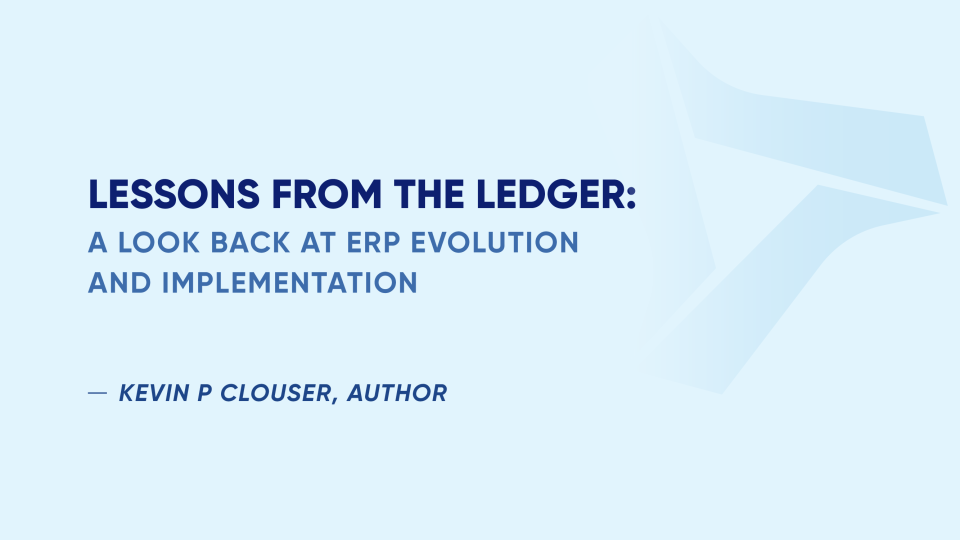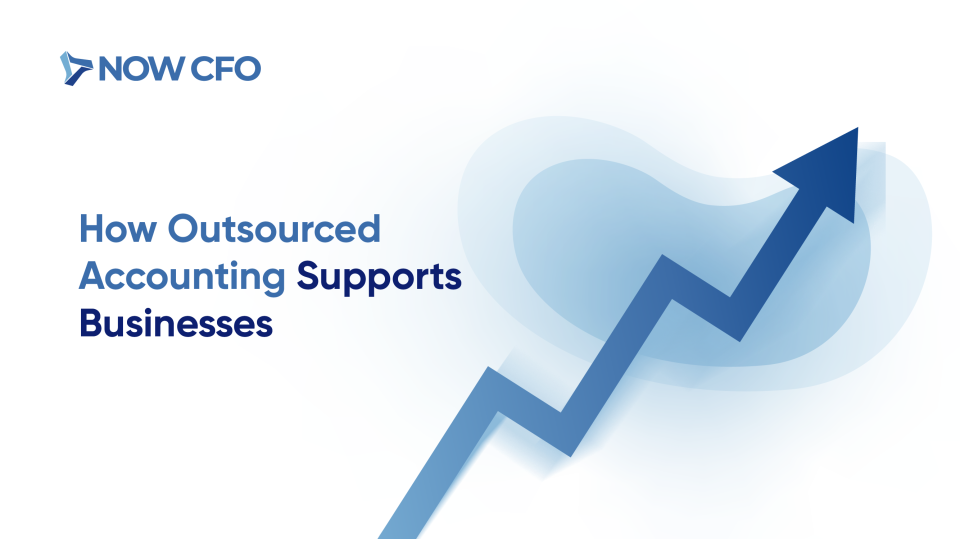
Businesses today have an incredible advantage with the advancement of technology—especially
when it comes to ERP (Enterprise Resource Planning) systems. If applied correctly, these tools
can revolutionize a company’s operational and financial management. But having entered the
business world several decades ago, I can tell you: it hasn’t always been this way.
When I first started working in accounting, “the books” were literal—physical ledgers lining the
office shelves. We manually posted transactions into the general ledger, sales ledger, and
payables ledger. Invoices were typed or handwritten. Checks, too. Each one had to be posted and
recorded by hand. If you remember carbon paper, you know the pain of payroll tax formsevery
typo had to be corrected on each carbon copy.
As technology advanced, tape-driven machines and punch cards began to automate customer
and vendor transactions. If you wanted an aging report for receivables or payables, you fired up
the machine and hoped that by morning, the green bar paper hadn’t jammed. Then came the
affordable computer systems—the NCR 9300, IBM 3600, Sperry Univac, and others—bringing a new
wave of capability to companies willing to make the leap.
In the early ‘80s, I was hired by a manufacturing company to help them migrate from an
engineering-focused system to one that could support full financial accounting and MRP (Material
Requirements Planning). Back then, companies didn’t just buy software based on a demo. We
partnered with our CPA firm to create a comprehensive Request for Proposal (RFP), which turned
into a 2.5-inch thick binder. Department heads and key staff across the organization contributed
to this document, ensuring that our future ERP system would support every area of the business.
Once finalized, the RFP was sent to a number of vendors. But there was one non-negotiable
condition: vendors had to allow us to run our own test data through their systems. We wanted to
see exactly how transactions flowed and whether the reports matched our expectations. Some
vendors dropped out quickly—they either couldn’t meet the requirements or weren’t confident in
their systems. Others simply didn’t complete the RFP.
Eventually, it came down to IBM and NCR. We initially leaned toward IBM, but when our leadership
asked their sales lead when implementation could begin, the answer was surprising—September. It
was May. That delay cost them the deal.
NCR, on the other hand, was ready to start almost immediately. There was one condition: someone
from our company had to attend six weeks of intensive training at NCR locations around the
country. I was that someone. My journey took me to Dayton, Boston, and Denver. In hindsight, that
training was essential. It provided the foundation needed for a successful implementation and
prevented countless frustrations down the road.
One of the most critical lessons I learned during this process was the importance of proper file
mapping. How data is structured and reported in a system often comes down to a few key
decisions—some of which are irreversible once implemented. With NCR’s guidance, our team took
its time and made informed, deliberate choices.
Fast forward to the later years of my career: I’ve seen many companies struggle with poor ERP
implementations. Often, it’s not because the software itself is lacking, but because the mapping
wasn’t done correctly—or worse, no one took ownership of it. Inventory costs don’t hit COGS
properly. Reports are inaccurate. Leadership doesn’t trust the data. These issues are common when
corners are cut early in the process.
One client came to us with exactly this problem. Their inventory data wasn’t mapping to cost of
goods sold correctly, and they couldn’t rely on their reporting. Fixing it required time, money, and
navigating significant workarounds.
Another often overlooked issue is data integrity—ensuring the information transferred from the old
system to the new one is accurate and complete. Many clients I’ve worked with ignored this step,
and it led to widespread frustration among users and decision-makers alike. In our NCR example,
we ran the new system in parallel with the old one to ensure everything matched before fully
transitioning.
Today, it’s not uncommon to hear horror stories from businesses that implement ERP systems only
to be left with minimal training—perhaps two weeks on-site or remote, followed by links to YouTube
or cloud-based resources. The client is essentially left to figure things out on their own. While the
technology has improved, the discipline behind ERP implementation has diminished.
Cost is often cited as the main driver for rushing the process or cutting corners. But what appears
to be a cost-saving decision on the front end frequently turns into a costly mistake when the
system doesn’t perform as expected, and outside consultants are brought in to clean up the mess.
My advice to business owners considering a new ERP system is simple:
• Take your time. Don’t rush the selection or implementation process.
• Demand proof. Require vendors to demonstrate their system using your real data.
• Ensure accountability. Clarify who is responsible for file mapping and system setup.
• Invest in training. A well-trained team ensures smoother adoption and better outcomes.
• Validate data integrity. Run parallel systems and confirm everything before flipping the switch.
A properly implemented ERP system can transform a business—improving decision-making,
increasing reporting accuracy, and saving time. But those benefits only come when the foundation
is built with care.
Copyright 2025-Clouser On Business














